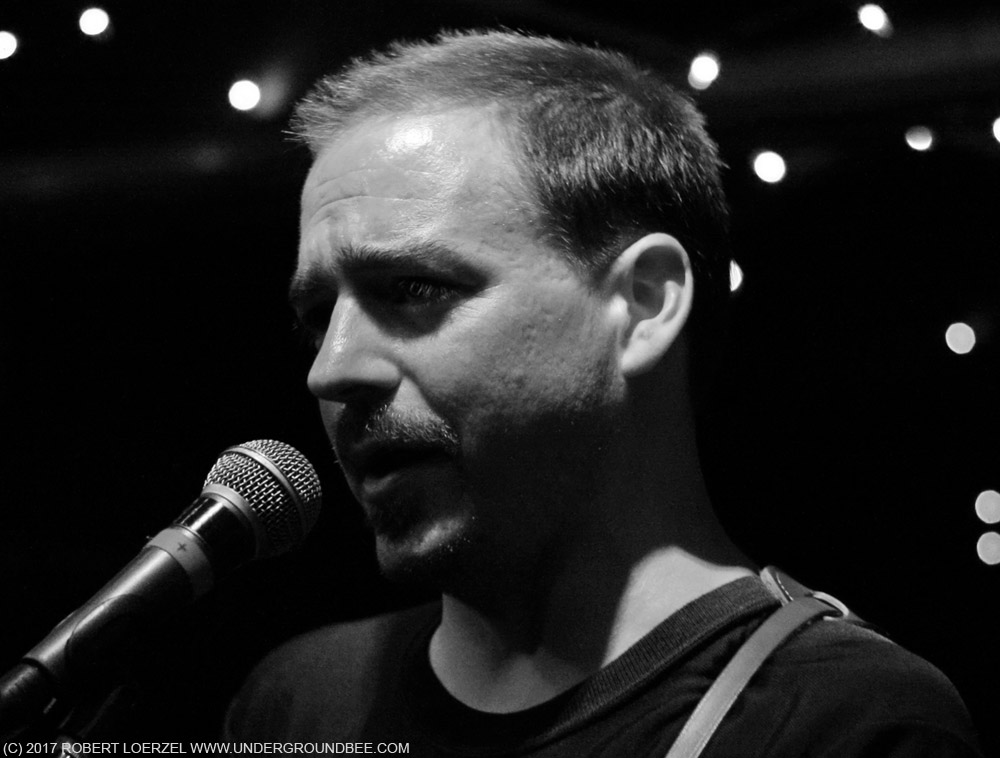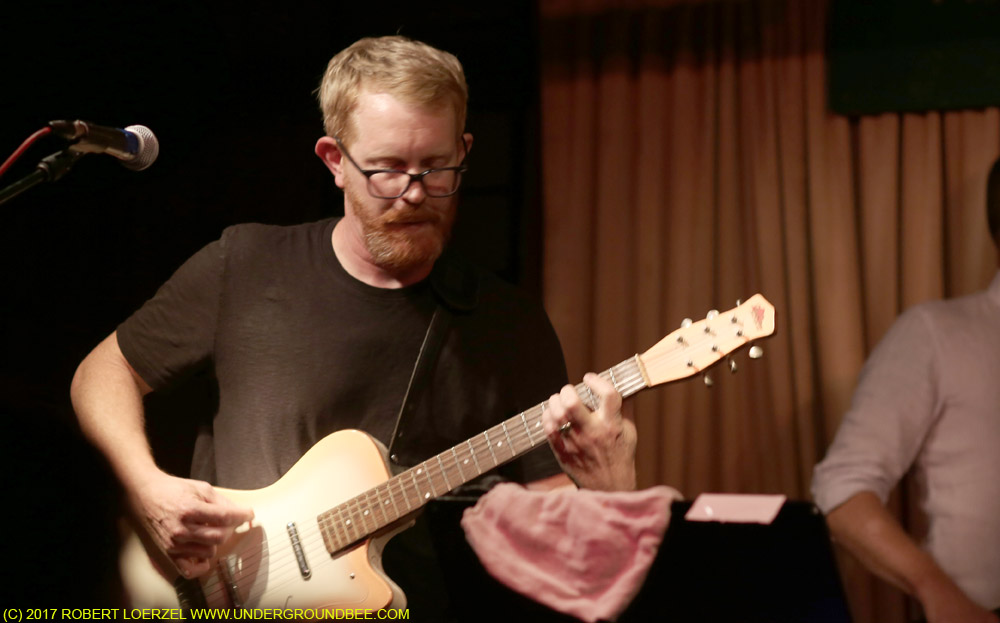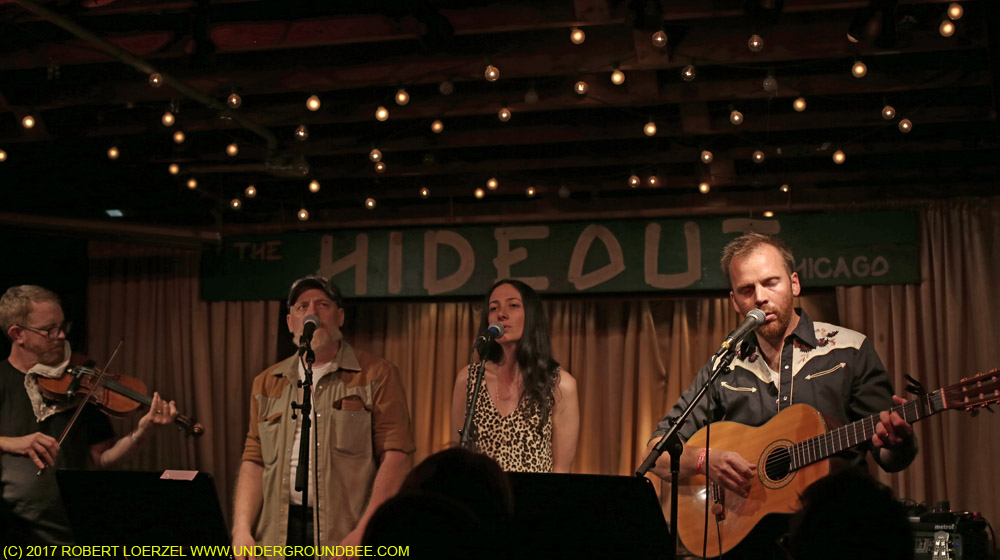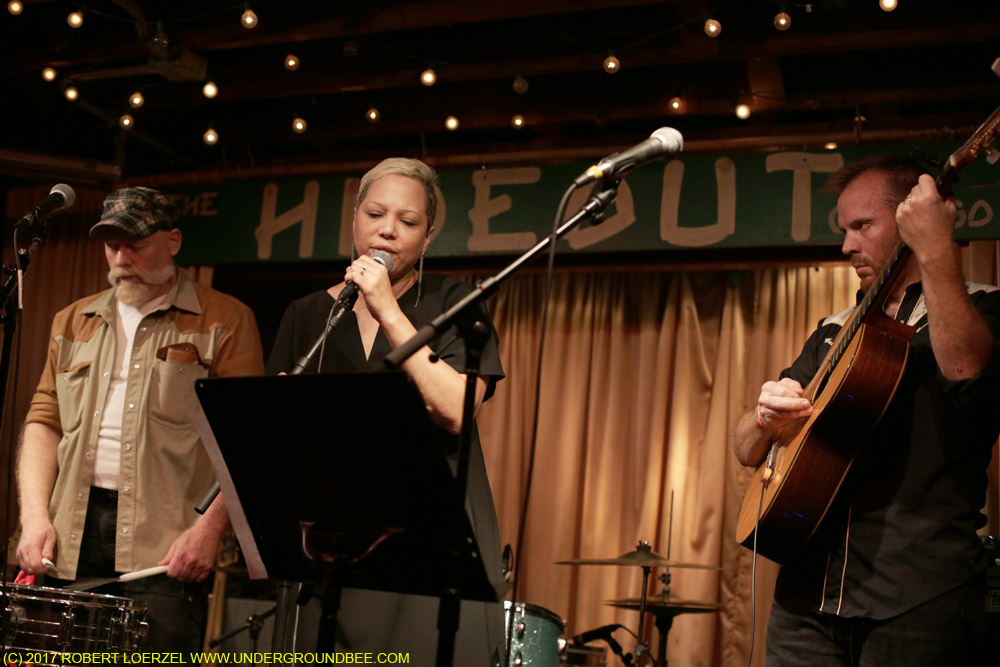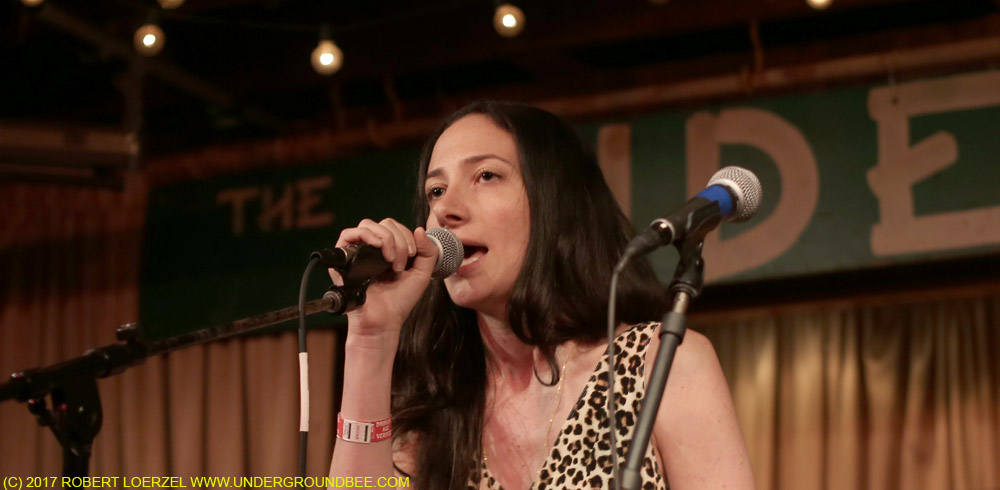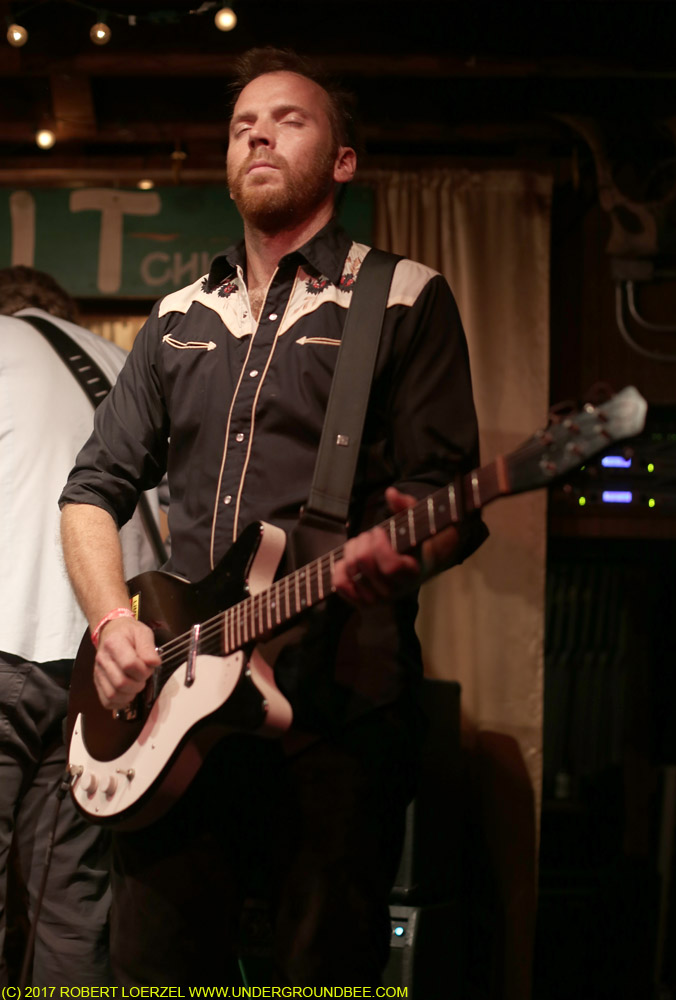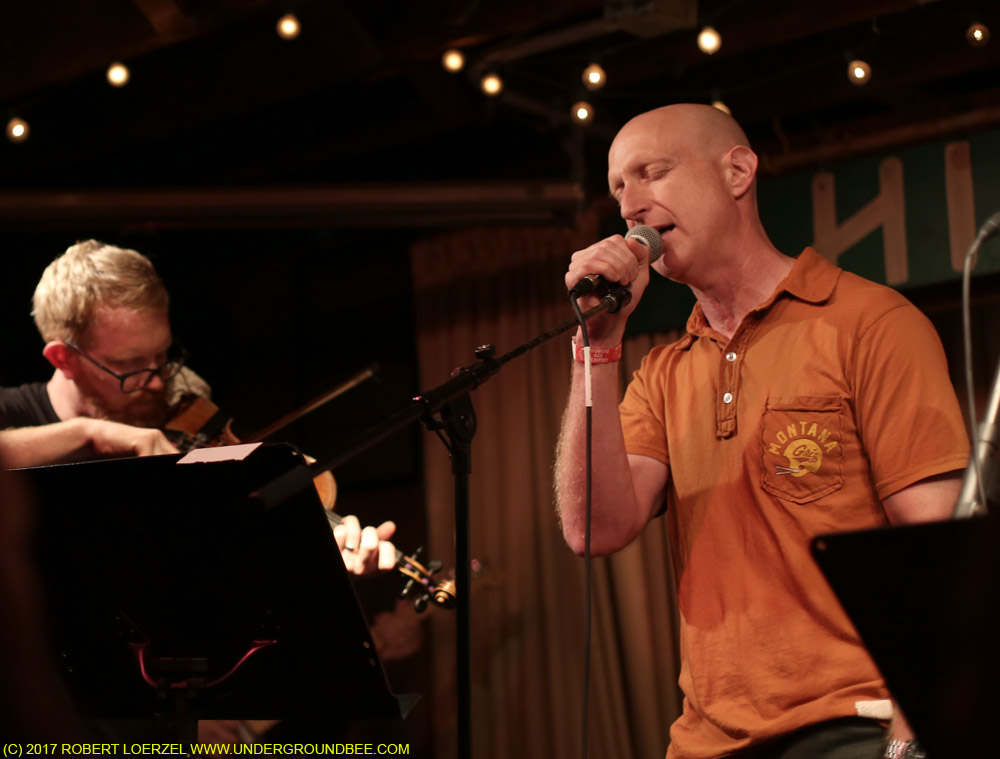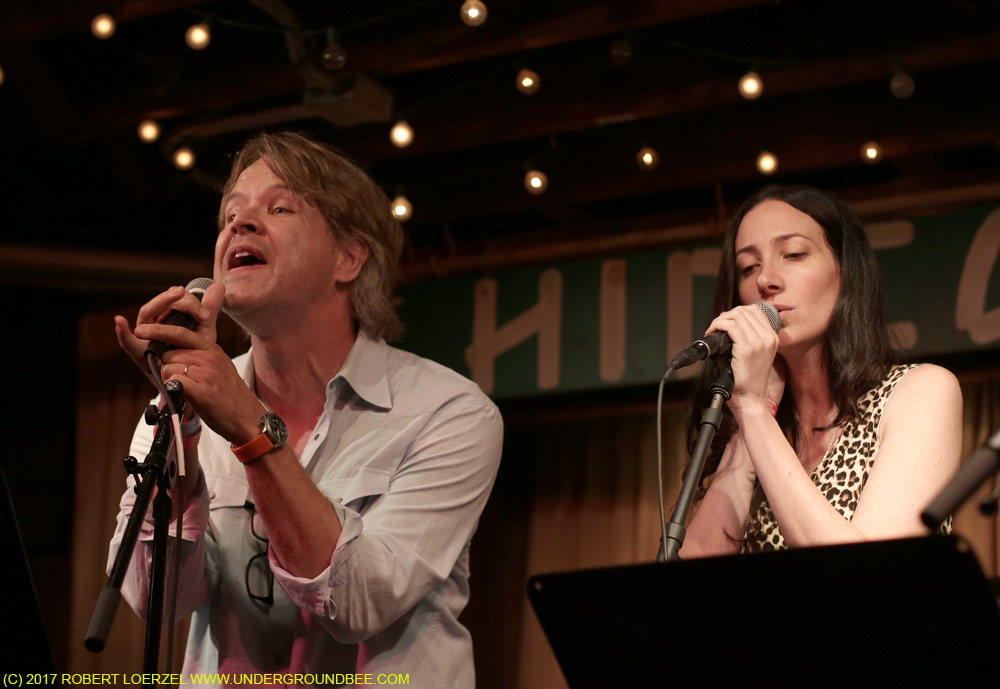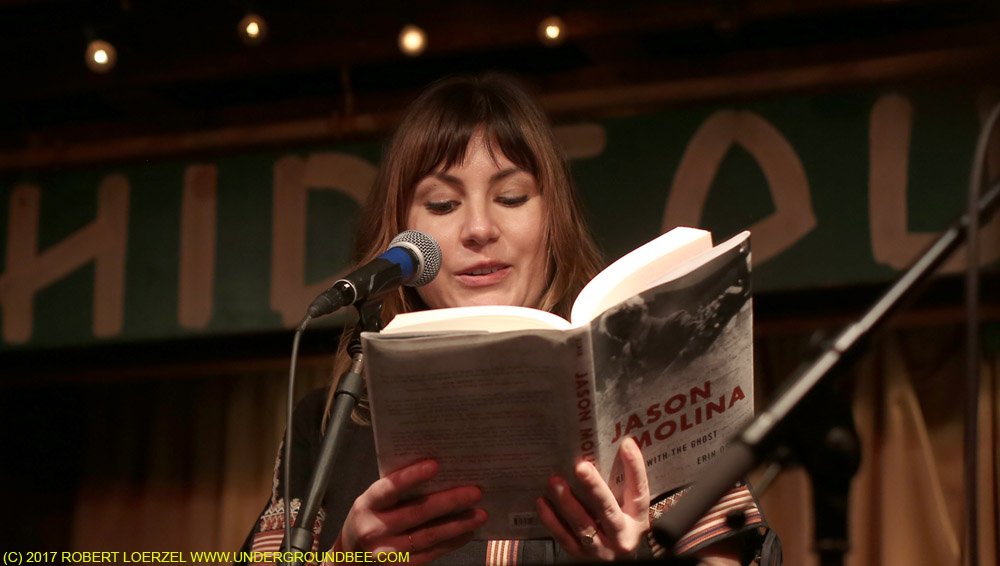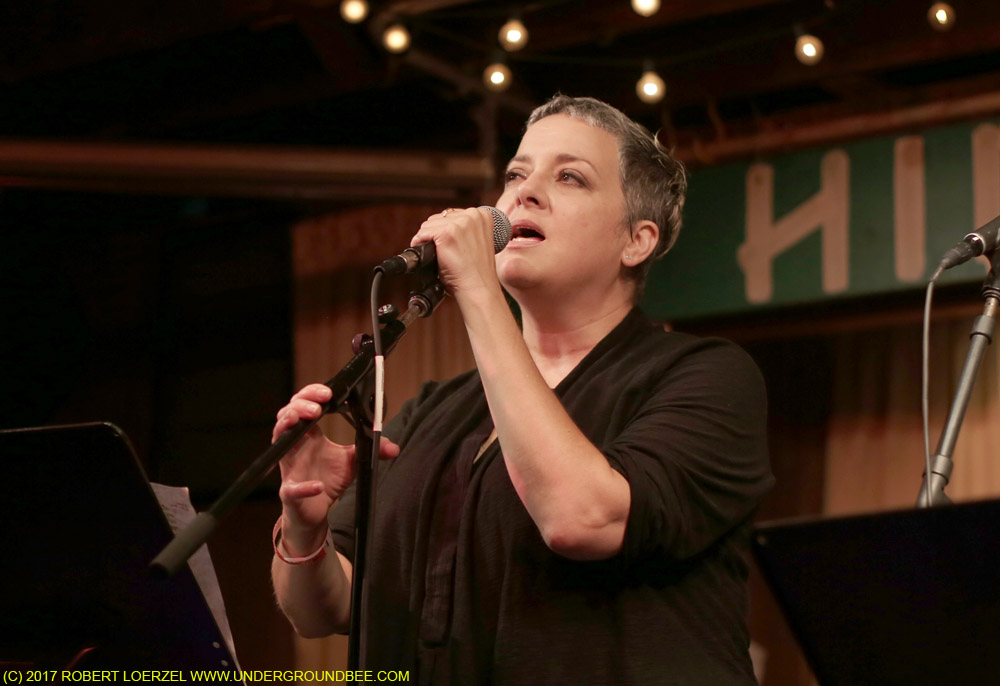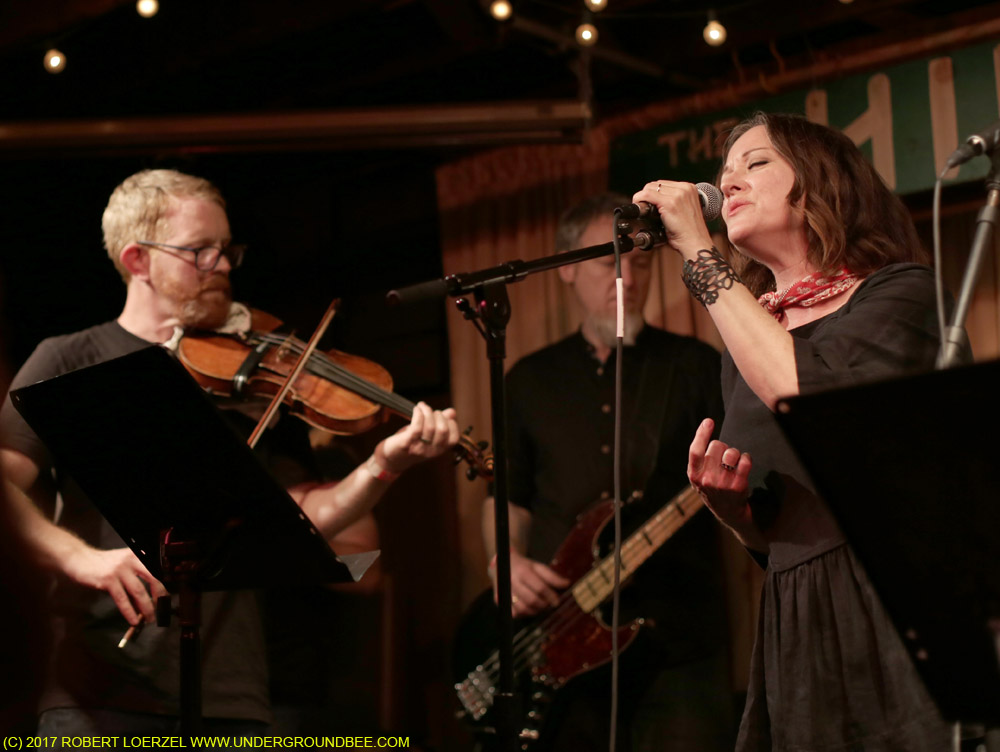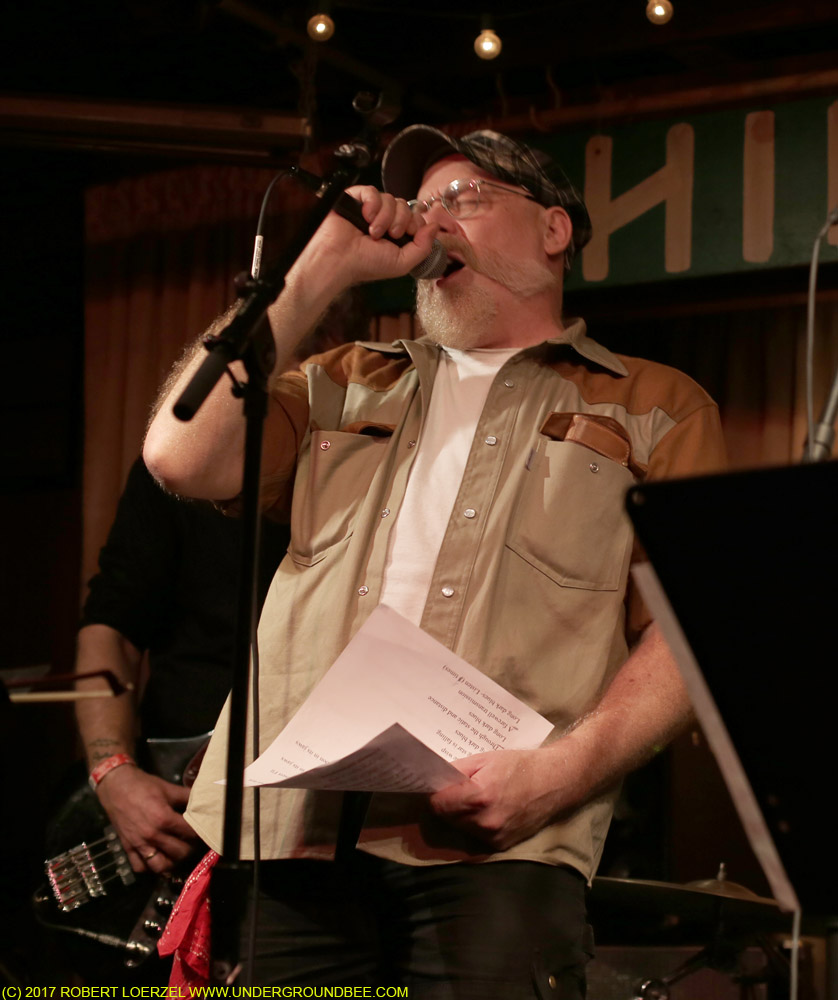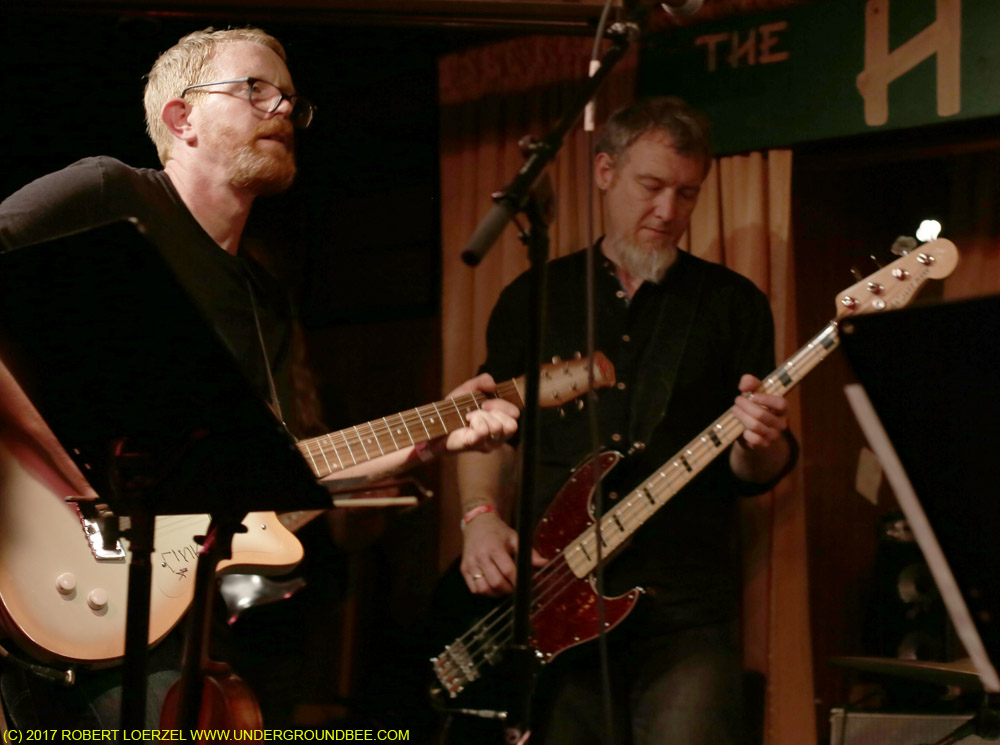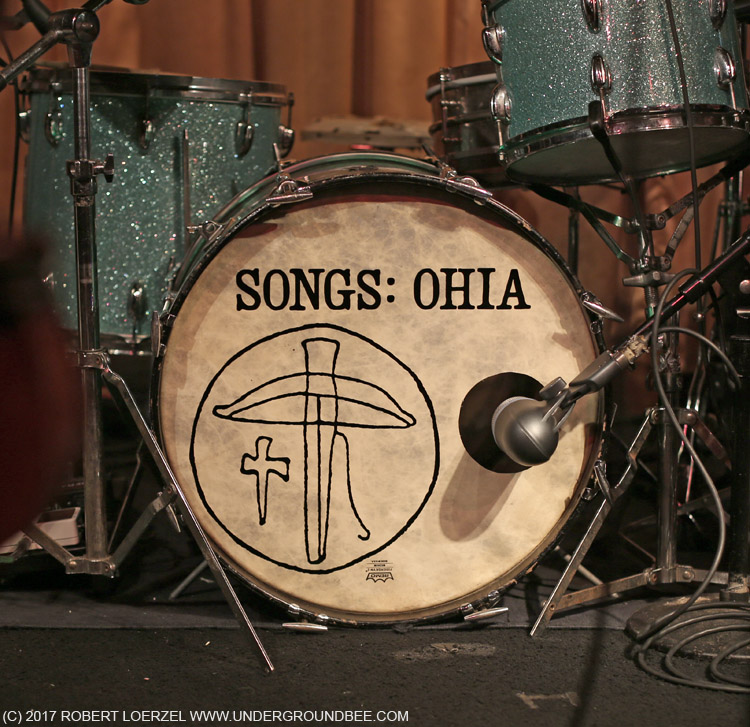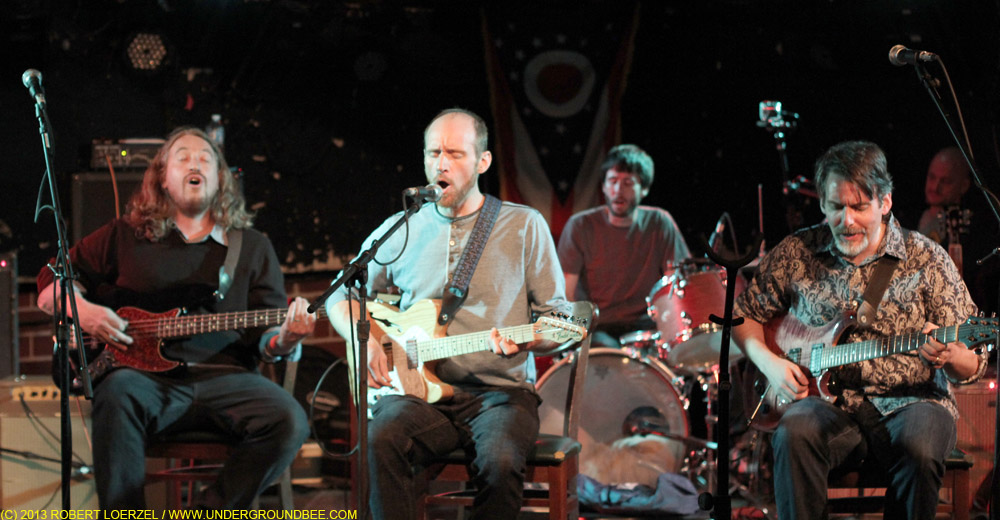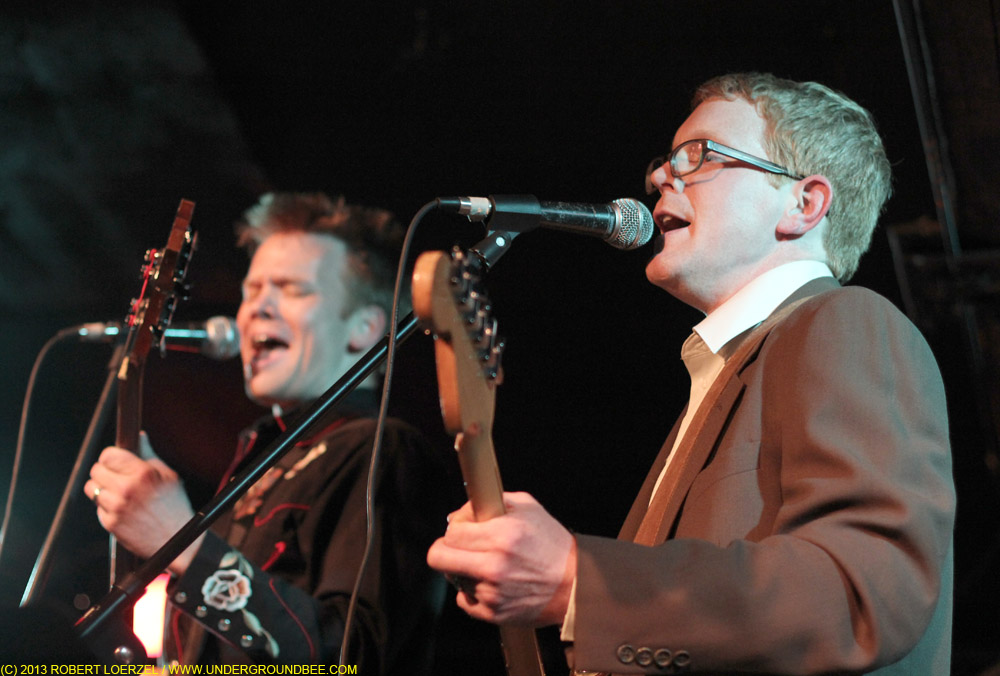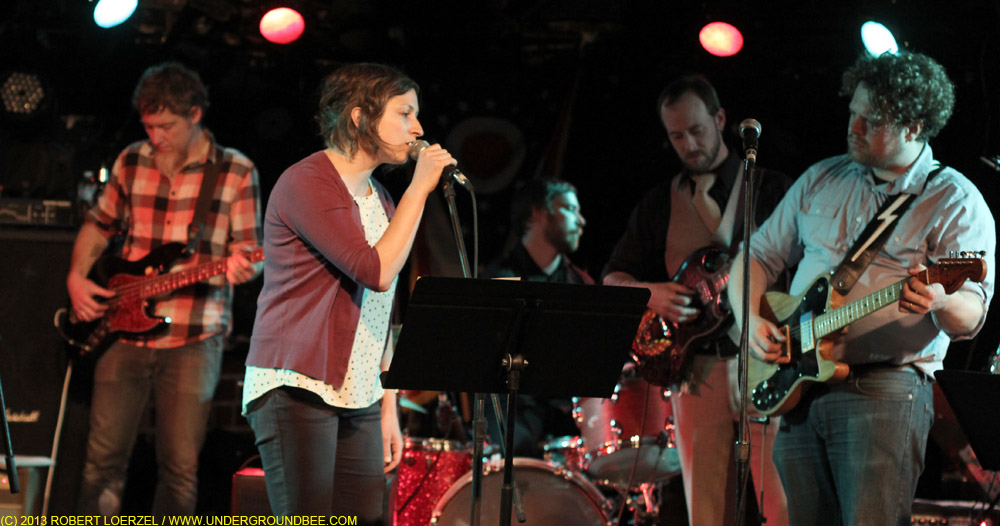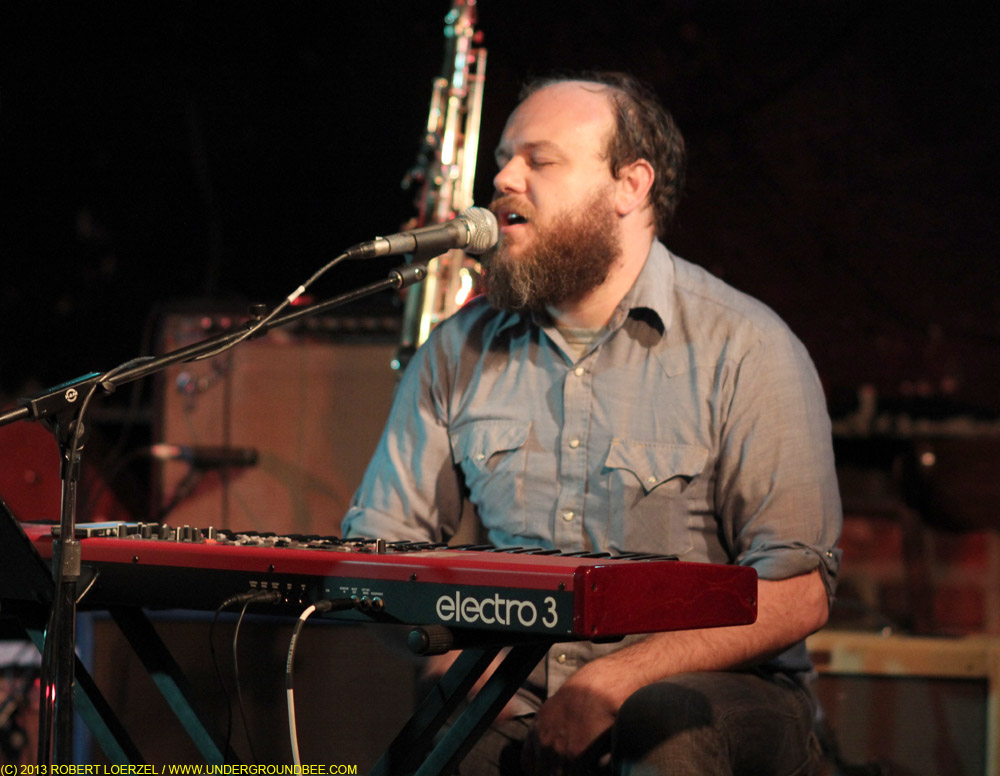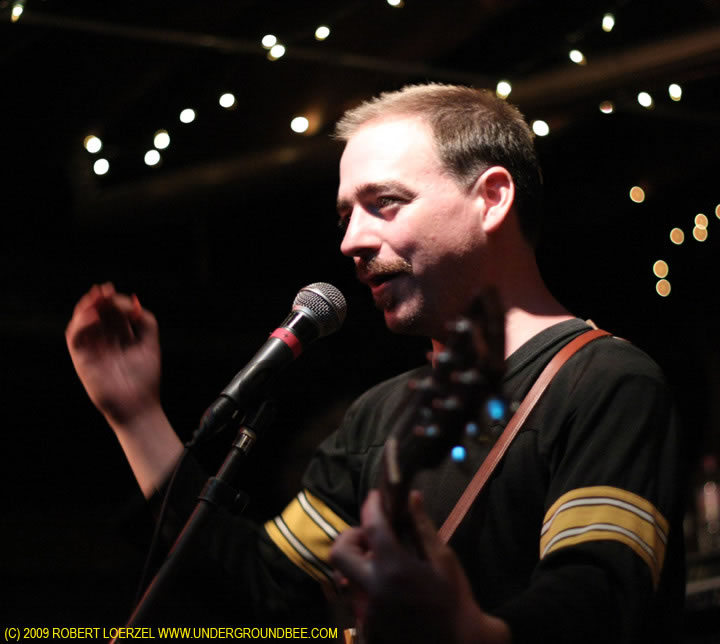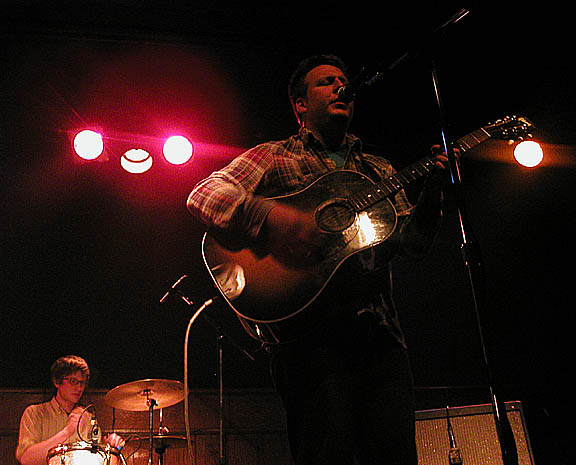Rest in peace, Jason Molina. The news that this great songwriter has passed away is devastatingly sad for those of us who knew and loved the music he made with Magnolia Electric Co., as well as the many recordings he made under other guises, including Songs: Ohia and his own name.

The Chunklet website broke the news today about Molina’s death, and tributes soon followed from the Chicago Reader, NPR, Drowned in Sound and Molina’s longtime label, Secretly Canadian. Free mp3s of Molina’s songs are posted here.
I had the privilege of interviewing Molina, for an article that appeared in Pioneer Press. It was Sept. 8, 2006, and he asked me to meet him that Friday afternoon at Simon’s Tavern in Andersonville, which was close to where he lived at the time. Magnolia Electric Co. had just released its album Fading Trails, and Molina also had a new solo record, Let Me Go, Let Me Go, Let Me Go.
Until now, I’d never transcribed the entire interview. Here is the audio for anyone who would like to hear Molina discuss his approach to songwriting. (My apologies for the background noise in the bar and my own sometimes awkwardly worded questions.)
And here is Jason Molina, in his own words:
Q: Was it relatively recently, in the last couple of years, that you moved to Chicago, and kind of made this your home base?
A: No, well, I’ve lived here off and on for, I guess, it’s been about six years or something like that. Between here and southern Indiana. The band is in southern Indiana. And as long as I can afford Chicago, I stay here.
Q: Just because it’s a nice place?
A: Well, I mean, I love it. I have access to so many fantastic musicians, people to bounce ideas off of. It’s a wonderful place for live music, and also our favorite studio in the world is here, Electrical Audio.
Q: Now, is Indiana where you’re from originally?
A: No, I was born in Ohio. And I grew up in northern Ohio and in southern West Virginia.
Q: It’s kind of a standard question to ask musicians such as yourself, but I’m always curious about your childhood exposure to music, either playing it or hearing it, and what kind of things influenced you?
A: It wasn’t music at the — Nobody in my family played music. We had an old guitar. You know, I taught myself how to play on this garage-sale guitar my parents had bought, in the ’60s, probably. But they had a fantastic record collection. So my earliest exposure to music was — you know, I could probably operate a turntable before I could walk — is my memory of my early, early life. I would listen to a record all the way through — Patsy Cline, Roxy Music, David Bowie, Eno, Neil Young.
Q: Your parents were into this kind of stuff?
A: They had everything.
Q: Were there certain records that stood out to you early on as a kid, as your favorite?
A: Not really, no. If the artwork was intriguing, really that’s what I — because I sort of had free rein. I didn’t live in a — I lived in a trailer park. So we didn’t live around any other kids, really. So, before I started reading a lot, I think listening to records was my — I probably taught myself to play music by listening to a whole record. That’s how I started to write songs, and the idea of putting together a whole record’s worth of material.
Q: And this garage-sale guitar, was it just something that was lying around?
A: Yep. Yeah, it was broken. You had to tune it with pliers.
Q: You still have it?
A: I still have it.
Q: What company was it?
A: It’s actually a fairly decent guitar. Fender made it, but it’s clearly like a Harmony Silvertone kind of guitar. Maybe a Stella body. I don’t know. For a while, Fender put their name on it. But yeah, I’ve always kept that guitar, because it was important. Because I taught myself how to play music on it.
Q: So with this thing not being in great shape, I imagine your early efforts must have been a little daunting, just figuring out how to get it in tune or whatever.
A: Yeah, when you live in a small town — I didn’t even know how to buy strings. I didn’t know the difference between a bass guitar and a guitar. So I taught myself. And I was learning how to play, and playing along with songs on records or on the radio. I was playing part of the bass line and part of the guitar line. It was real trial by fire.
Q: And that was just hearing the note on the record —
A: Sure.
Q: — and finding where on the string it makes that sound.
A: Right.
Q: So you didn’t necessarily know how to make a G chord or anything?
A: No. So that idiosyncratic kind of approach to guitar music has really colored my songwriting, I think.
Q: And at what point did you meet someone else who knew how to play guitar or tell you, “You’re not supposed to do that,” or “Hey, you’ve learned a lot by yourself”?
A: I was — where I was I? I found this, not in my really — just on the edge of my town, I had found a little guitar shop. And I had never seen a guitar shop before. It just blew my mind, after I’d been playing, you know, alone and writing songs, that there’s a store you can go to and actually buy musical instruments. So I went in there and said, “I have to buy a guitar” — like a good, like a new one. And an electric guitar — sounded like it would open a lot of doors to me. So I—
Q: How old were you at this time?
A: I was probably about 12.
Q: And what towns are we talking about?
A: This — I bought this guitar in Lorain, Ohio. Real small guitar shop.
Q: That’s the town you lived in, or —
A: It’s on the edge of the town I lived in. I did live in Lorain. It’s between Cleveland and Toledo, right along the lake. And yeah, I didn’t know anything about how to play or whatever and I plugged this bass in and just started playing, and I’m just as loud as hell. I don’t have any concept of how to keep it quiet. I was playing Black Sabbath. And I was literally shaking the — the walls were shaking, and I interrupted some drum lessons in one of the lesson rooms.
So the teacher comes out and everybody’s yelling at me, like, ‘Keep it down.’ And the guy he’s giving the lesson to is someone I knew from, like, grade school, and he was a drummer, so we started a band right there. It was that easy. And when got a guitar player who was a friend of his. And that was it. That was how I started to be in bands.
Q: Now, as you came to know more musicians and play with people, did that — I imagine some of those idiosyncrasies of your early guitar playing have stuck with you, but did you pick up the more traditional “Here’s how to play chords,” or —
A: No, that only happened at the time of recording Didn’t It Rain, was the first time. So I’d probably already been playing music for ages, and I’d already put out a lot of records. But as I was settling into wanting to collaborate with a lot of different kinds of musicians, I needed to have a musical vocabulary, at least in a simple kind of way. Because Here I am, writing all of these songs with abstract tunings, absolutely no reason for it. It’s really hard to get in a room with a musician with one mind-set, and then have me teach them a song, and I don’t really have a way to communicate it.
Now, at least, I mean, I can still write the songs as crazy as I want and use whatever tunings I want, but I have a sort of — I have a language connection to the music where I can explain it in words. And so, since, time is a sacred thing now. It’s so impossible to rehearse. Everybody in Magnolia is in several other bands, and when we’re together, we’re on the road, so tomorrow, we’re going to be watching some of the Touch & Go bands and rehearsing tomorrow night and all day Sunday, and then we’re going to be on tour until Thanksgiving. So —
Q: Right. One reason I contacted the label to set up the interview now is, I looked at your website and thought, “Wow, he’s not going to be around for a while. If I’m going to get him in person, I’d better do it this week.”
A: Right.
Q: And you’re going — this is pretty wide-ranging.
A: The first part is North America, and we’re touring with Bottomless Pit. That’s two of the members of Silkworm and some other guys. Fantastic band. From Chicago. And we will be, after we’re done there, we’re going to be doing Australia and New Zealand, and be in Europe for a while, too. It’s a heavy tour.
Q: So, getting back to starting bands as a teenager, what happened between —
A: Before a teenager, though. You have to understand —
Q: Preteen.
A: Like, when I was 13, we already had a record. So, I mean, when I was really about 11 or 12, I already had a lot of songs. We learned right away from a generation before us. You know, the older guy in high school or whatever who had an eight-track, or he’d ring the tape machine in the garage to document us this band that was playing.
Q: What was the first band called?
A: Well, for probably a year, we didn’t even have a name, but we settled on the Spine Riders. … It’s got this ghosty connotation, and it’s like a skateboard reference. But it was the ’80s.
Q: And did many people hear you? Were you playing in front of friends at school?
A: Yeah, we absolutely played. We were our version of what a hardworking touring band would be. We were definitely doing — we played parties for high school kids, when I was just in junior high. I think I was probably in fifth or sixth grade when we were already playing these parties, 300 people crammed into a garage driveway. And we played in the projects. We played in heavily depressed areas. … Anywhere between Cleveland and Lorain, because Lorain’s about an hour away from Cleveland.
Q: Were the high school kids impressed by the fact that you could play, or were they like, “Who’s this rugrat that’s coming to our party?”
A: I was a songwriter, so they didn’t — I mean, I wrote the music. So, even though I was playing with older dudes, in a lot of ways, it was — it just so happened that I was younger. It didn’t become a problem until everybody moved away. I can remember those guys being able to drive, when I wouldn’t be able to drive for another five years. Going to my own show would be impossible, because I’d have to have my parents drive me to the show. (Laughs.) I didn’t even have a license. But then, eventually that band disintegrated because everybody was so much older than me. Everybody moved away and got jobs, so, you know, I still already had a working method, which was writing songs pretty much every day. So, I found myself without a band and wanting to still do this.
That’s what turned into all of the Songs: Ohia years, the Magnolia stuff, was the transition from having a steady band and then having it sort of taken out from under me. But the Mangolia, it’s not a traditional band. We don’t live in the same town. We don’t rehearse often. But we love to tour together. And I have 100 percent confidence in the way that they arrange my songs. And so, it’s a really fantastic working relationship, because these are really creative people, extremely talented. And it think it gives us a special footprint in the music world because we don’t — we’re not worried about the business side of this. How it will, you know, turn out — what is the arc of the career? We’ve been doing this for 10 years on one, single independent label. And we’re proud of that kind of working and that relationship with the independent music world.
Q: What was the origin of the name, and I was never even sure I was pronouncing it right — Songs: Ohia (O-hi-yuh)?
A: O-hee-yuh.
Q: O-hee-yuh?
A: It doesn’t matter. That’s part of the fun of it. Before I was even in the mind-set to make records, I was recording records, which were — I would get 10 songs and conceive of them as, like, a piece. I would record them on a four-track, and I would do a cassette release that I would just sell at my live shows or give to friends.
Q: How many copies?
A: Probably up to 50, was like the most that I could do before my tape machines would self-destruct. And so, it would just be a reference point of, like, where I recorded them. A lot of the times, it would be like, you know, “Songs: Tennessee,” if I happened to be in Tennessee then. Because I was living in West Virginia, there was a lot of West Virginia references. Cities that I was in or places that I had traveled to or whatever. So that’s how the name, the sort of weird kind of construction of the name. It was just “Songs:” and then insert something to remind me of what is on that tape. And so, Ohia is a Hawaiian flower. It’s a tree, a flowering tree. All those songs were done on ukulele. It was to remind it was all these songs I did on ukulele and singing — that stuck for almost a decade.
Q: There was some debate among fans about the album that was titled Magnolia Electric Co., and whether that was a Songs: Ohia album called Magnolia Electric Co. or if that was the name of the band. And now, obviously, that has become the name of the band. But was that your original intention when you did that first one?
A: The last Songs: Ohia record is Didn’t It Rain. And then the next record is the self-titled Magnolia record. That is the first Magnolia record. Because in my mind — I was living in Chicago, and I had scheduled to do this record with Steve Albini over here at the studio. There was a scheduling conflict came up, and we wouldn’t be able to do the record in the time that I had available here in Chicago and that he was available. And that was bookended between touring, so it’s not like I could cancel 20 shows in order to fit recording into a new time. The tour was already booked. So a studio offered itself to us in Philadelphia, and the whole band couldn’t come.
So suddenly I was stuck. I thought I had a record with this band that we were going do here at home in Chicago and then suddenly we couldn’t all do it. And I forced to sort of write on the fly. I just had to come up with a record, basically And we got actually sessions for that musician, Mike Brenner and Jennie Benford. Mike Brenner, that was the first time I met him but he’s played on most of the records since then, a steel guitar player. And Jennie is an old friend from over 10 years ago, and she sings on a lot of the records. But basically, that kind of working on the fly, literally cobbling together a record in a studio that I’m not familiar with, with musicians I’ve never met, and material that I was literally writing while I was in the studio — that, to me, was the most successful version of that I’d ever pulled off.
I felt like, since it was coming up on 10 years of doing it under that name, just changing the name — it really wasn’t arbitrary, but it was a marker for myself. I want to put 10 more good years in with Magnolia, and who knows? There might be a day when we walk out of that studio here on West Belmont and know that we’re going to be doing something else. (Laughs.) You know?
Q: Over the course of the records since then — I have to confess I haven’t paid that much attention to the liner notes as far as who was playing what. Has the lineup of musicians you’re playing with—
A: It’s always the core group of the Indiana guys. That’s Pete Schreiner, Jason Groth, Mark Rice and Mike Kapinis. And then with rotating guests. So it’s a core band of keys, bass, drums, guitar.
Q: And these are musicians, had you just met them, like you said, around the time of that first album, or how did you hook up with them?
A: Well, these are people that I — you know, I was a fan of their bands, their other projects. These are touring musicians. Fantastic bands on their own.
Q: I saw that show Magnolia Electric Co. did maybe about a year ago at Schubas where the Coke Dares [a band including members of Magnolia] played. They were great.
A: Right. It’s three of the guys. That’s the Magnolia rhythm section, the Coke Dares. And then Mike Kapinisis the keys-and-trumpet guy. But yeah, I was already a fan of that music and we lived in the same town at the time, and I just remember that Pete the bassist had really wanted to somehow work with me. He was in other bands that I was a fan of. Panoply Academy, Glee Club. Some other bands that Jason was in. And Mikey was also in other bands. So these guys were doing, like, triple duty in other bands. I wasn’t so concerned with: Did I get along with these guys. I was just, I felt like they could add something fantastic to my kind of songwriting. I would still be working with these guys even if I hated them, because they’re such sympathetic musicians. I think that they’re — and they also really take risks when they’re playing. I don’t feel like they’re being self-conscious playing with me.
Q: Could you describe — you said that they add some fantastic to the music. Could you describe what it is that they add, that would set apart a Magnolia Electric Co. from a Molina solo recording?
A: I guess what you’re going to look at is — everybody is really given a sort of free rein for contributing arrangement ideas, you know? I come in with just the skeleton of the song, just the basic chord progression, melody, kind of. Um, and the lyrics, and you know, it can go in any direction. Just by when the first person speaks up. You know, the bass line goes in this one direction and everybody can follow that way. Maybe the drums do something and everybody follows that way. And that’s what I think that they add — a real kind of a human life to this song. These aren’t little art projects to me. I think songs are living animals. And I think that working with these guys for so long, touring so much, it’s made me a much better musician.
Q: So you’re not the kind of songwriter who goes into the studio with a preconceived notion of: “I need a bass line that does this, I need a drum part that does this”?
A: The songs are basically finished when we’re in the studio. I do write when we’re in the studio. And those songs will, a lot of the time, make it onto the record. But like I said, I have 100 percent confidence in what each of those musicians from Magnolia will bring to the songs. I’m thinking more in a very, very, very big way. I’m thinking about the overall scope of the record, from the first song to the last song. I’m thinking about the general tone of the record, the basic speed and feel, I’m thinking of all of eight, 10, 12 songs at a time. I’m not thinking of one little song, and I don’t fixate on one little aspect of the song. I think that all of that’s really important, and all of that adds to the texture and vitality of the records. It’s not like I gloss over that. I think that stuff’s all really important. But what these musicians are doing is adding that detail.
And although I said that I have a musical vocabulary now, which is very rudimentary, the idea of the record in my head is really hard to — you can’t put it into words. When it’s finished, I can say it achieved what I wanted or it didn’t. But along the way, it’s a harrowing kind of — it’s a harrowing experience, from the writing of the songs to the touring of the songs to the final arrangements in the studio, to the final count four and do a take, of the songs.
Q: You have a couple of records out. There’s the solo one, and Fading Trails is the new Magnolia record. How would you describe that one? You said it’s hard to put in words while you’re doing it. Now that you’re done with it, can you describe what the concept or idea behind this album was?
A: Well, we wanted to finish — we had an entire session that we wanted to have finished here in Chicago with [Steve] Albini at Electrical. We had a session that we had done in Memphis at Sun Studios with a fantastic engineer, James Lott. He’s worked with all of the great Sun musicians over the years. And we also had this record that was a collaboration between me and David Lowry from Camper Van Beethoven and Cracker, which was a session that we did in Richmond, Va. And then we had music from a session that was to be a full Magnolia record but due to circumstances beyond anyone’s control, the original tapes for the session were lost. So I had only sort of demo quality versions of them. I had professional-quality versions of the songs that could have either been a solo record or the start of a Magnolia record.
So we had all these sessions, and they were all done in a relatively short amount of time, and the label thought it would be a really good idea to take a representative sampling from each of the sessions, make them into a complete record. Because lyrically, thematically, all of the songs are really related. And the wild sonic world that we cover from just these four-track recordings at my house to Sun Studios to Electrical Audio, Albini’s take on recording us live in the room, and then the David Lowery collaboration — I would never have dreamed that somehow this makes a cohesive record, other than lyrically being tied together. But to the fans’ ears, it’s one of the most successful records we’ve done.
So, there’s where chance really took over. I didn’t have a heavy-handed approach to how this record would work out. The label actually just made a suggestion, which they never do — I was floored by them saying, “Why don’t we do this — instead of putting out five records, all in a row, why don’t we put these all together and see if we can make a good record out of it?” For the rest of the material from all of those sessions, none of it’s throwaway material, and the label has something special planned for early next year — a secret. It’s a secret.
[The following year, Secretly Canadian released a box set of the recordings from these various sessions called Sojourner.]
Q: Now, what’s the solo record called?
A: The solo record is called “Let Me Go, Let Me Go, Let Me Go.”
Q: Right. Now is that apart from all of the stuff you’re talking about?
A: It’s an entirely separate thing. That came out a couple of weeks ago.
Q: Is that more, just Jason Molina playing by himself?
A: They didn’t seem to be songs that needed to have full band arrangements. Because I was taking a lot of arrangement chances. I was playing a lot of piano and organs. I don’t ever attempt that out of the songwriting moment. If I write a song and it seems to be appropriate to be doing an arrangement where it’s just voice and one instrument, doing it on piano, when I present that to the band, I’m just going to be playing guitar and have someone else — Mikey will actually play, he’ll write a proper line for the piano.
But there’s a kind of simplicity I really appreciate and a real exploration that I hear when I listen back to those tapes of someone literally trying to make this somewhere. Given the situation where I have the instrument in front of me, and I have an idea to write a song, and I’m going to try to make two or three chords, make some kind of progression, and make a melody and make it into a song. And I’m confident as I do that, but to duplicate it in a different environment with me playing piano or playing the Rhodes or the Wurlitzer or whatever, I’m not interested in that. I’m interested in capturing that moment where the song is being written as the tape is rolling.
Q: So, you mentioned a similarity of theme in the lyrics. What you care to talk about that? I always hate to put songwriters and artists on the spot and say, “What does your song mean?” But I’m wondering what themes have interested you.
A: It’s going to be a lot of themes of dislocation. It’s going to be themes of, you know, trying to find out where a person really is at home. Someone like a touring musician, who’s gone most of the year — you know, I move and I don’t even know where our next apartment is, you know. I’ve just come home from tour and we have a new place. I think a lot of that is in there.
Also, an appreciation for what I think some people would take for granted — really small episodes in a day that involve, you know, birds and the weather, the nighttime — you know, a moment with quiet in the middle of the city. To put that in a song is something I really try to get across. Because it really does happen. You know, there’s a magic to that. The pounding, and the screaming and yelling, and the screeching tires, and the street noise, and the airplanes and the train rumble, and then you turn a corner and suddenly it’s just silence. It’s that kind of moment that I always try to put into the songs.
Q: So, how much of the year do you get to spend at home in Andersonville?
A: It’s gonna be, I’d say, it’s gonna be, something like maybe a third of the year that I’m gonna be in Chicago. The rest of the time, I’m on the road.
Q: Is there anything else I should mention in terms of things you do for fun?
A: No.
Q: Do don’t have a day job, right — you’re a full-time musician?
A: Right, right. I mean, this is anecdotal, but — so I’m doing this interview for a paper in Indiana. The interviewer says: “I really feel like I know you because you’ve been back and forth a lot and some of the band still lives here in Indiana. And you got five records done this year, so you must have a lot of free time.” And I was just blown away, that there is someone that thinks that this is a product of free time. Because this is really the product hard day-to-day work, but it comes from all of those years when I was sweating in some shitty job. Some shitty full-time job. And I was writing songs. I got up two hours, three hours early.
Q: What kind of jobs did you have?
A: Everything. At last count, I had over just 30 menial, stupid jobs. But you know, when I would have to go to work, I would get up two or three hours early, and I would write songs in the morning, even if that means being up at 4 and writing for a few hours and then go to work. And then come home and write more songs. So, now, just because I’m not working a physical 9-to-5 job, songwriting, it’s definitely a full-time thing. So, it was just funny to be interviewed by someone who thought, like, this is just the result of having a hell of a lot of —
Q: You’re kicking back and taking it easy and writing five records?
A: Right.
Q: So, when you write songs every day, does it just — do you ever get writer’s block—
A: No.
Q: Or does it come out pretty easily?
A: Here’s the thing. You want a well-oiled machine. Maybe the machine sucks. The design of the machine might suck. But I’ve had a really, really good stretch the last couple of years where, you know, I’m just not afraid to throw stuff away. When it’s a bad song, I kind of know it. While I’m writing it.
Q: Do you ever change your mind, go back and listen to a tape from a few years ago and you think—
A: Well, that’s the thing: I physically throw things away. I actually, when it’s a demo, and I feel like it’s not going anywhere, I have to get it out of my life. And I physically throw it in the trash. There’s no going back. Secretly Canadian has, like, a vault filled with outtakes and demos and all these things from before — Sometimes I feel like I’m going to give them one-sixteenth of what I have, just so I can put it away. Someday, they might want to listen to that stuff. I might want to listen to that stuff. But most of the time, I’m, once a week, throwing out stuff.
Q: You’re not going to do the thing that Guided By Voices did and put out a box set of outtakes from the outtakes, like, 10 years later?
A: Yeah, I don’t think could — I can’t do that because, like I say, physically I throw out everything. I think that that’s good. I think that that’s good. I’ve always — you know, for 10 years I thought, for 10 years I had this rule that I could only have 50 records. Couldn’t have any more than 50 records in my life.
Q: And what number are you are at right, depending on how— [At this point, I thought he was talking about the number of albums he would record in his life, but it became clear he meant the number of records that he owned.]
A: Well, right now, I have, I probably have at least 200 records, because I just buy things and I buy things so much I don’t have time to listen to them? But I’m getting it back down to 50. The 50 rule. And it’s the same thing with songs. When you’re writing a record, you keep — I keep this thing in mind.
The moment you write a song that sounds like it doesn’t fit with the rest of what you’ve been doing for the last month or so, then you set that aside and then you go back and you try to determine if those songs that you’ve done recently are really a cohesive unit. The song that sort of like threw you off and then was like a clue into maybe where the next record’s gonna go is the thing that makes you realize it’s time to book time in the studio and get these songs done with. Because it’s a very, very, very small window, and I will have no interest — because I’ve put so much work into these songs — I don’t have interest in going back to them. If they don’t materialize on tape and come out as a record, I’m not going to reinvest any part of my life to go back and get to know those songs and try to get back into my way of thinking as I had been when I wrote those songs. So, like I said, it’s a really small window.
So I’ve written records that never came out, of course. There’s full records. I had this whole collaboration with Low, we were going to do a few years ago. And I was living in Nebraska, and I wrote this entire record called The Lamb and Flag, and then at the last minute Alan [Sparhawk, of Low] had a scheduling conflict and instead of doing that I ended up going to Australia or something. And not only did I never go back and do those songs and Low and I never collaborated to do this record, but those songs have probably ended up in the Dumpster. Usually on New Year’s Day, I throw out everything. So, all these songs —
Q: Make a fresh start every year?
A: Of course, of course. I think about it then.
Q: And you said no writer’s block. It’s pretty easy for you to just sit down and do the work?
A: Right. Because I realize — it’s not precious to me if I have to throw it out.
Q: And what’s usually — it may be different every time, but is there a standard thing that starts a song going? Is it some notes on the guitar? Is it a lyrical idea? Is it whatever?
A: It’s both. Well, it’s the lyrics first. It’s the music first. It’s different every single time.
The idea is just to be available to the kinds of, you know, little sparks and little quirky things that normally I wouldn’t have come up with. Maybe it’s the juxtaposition of a little melody I had in my head with the guitar. Maybe it’s a lyrical idea. Maybe it’s, you know, very rarely, just sort of a title and then I work towards the title. That’s not really the way I write songs. And when a song is done, I walk away from it saying — you know, I’m usually shocked. Because it’s not what I went in going for. That wasn’t the original idea for the song. There’s not a completed idea.
It’s a process, you know? Yeah, it’s definitely — songwriting is a process, it’s not a — it’s not this big event that materializes on a record when you’re listening to it at home as a, you know, as a fan. To me, it’s: How can I put something together, just like, cobble together something out of just the ether? So I’m — there’s still a magic to it for me.
Q: Um, you don’t strike me as a musician who’s — um, well, I guess everyone is influenced by other musicians. And in your case, sometimes with the whole band arrangements with Magnolia, I hear some Crazy Horse in there. But you yourself don’t particularly strike me as Neil Young fanatic.
A: No. What I definitely know — I can see the — the comparison is pretty easy because there is a kind of a, there’s an absolute search for freedom in the arrangement of the songs. There isn’t a heavy-handed approach to how these — these songs don’t have to be hits, but they have to be a good song. They have be a song that we feel we should be playing. And I think that there’s, like I say, that kind of searching comes in the actual records. Because you’ll hear that, because we’re recording that live. We are real humans really standing around in the room making this music. And people like Steve [Albini] are documenting that. So, I think a lot of what Crazy Horse went through in all of these last years — since before I was born — those guys were doing an exploration onstage, using just this little thread of a song and making it into, you know, a beast.
Q: How old are you right now, anyway?
A: I think I’m thirty— uh, I think I’m 32 right now.
Q: Do you keep up — obviously when you’re out on the road and you have different opening bands, you’re exposed to that music. I’m wondering how much you keep up on — what sort of music do you listen to?
A: Just Bob Seger. ’70s music, mainly. That’s the music I like.
Q: Yeah, I think I saw you do a Seger cover once.
A: “Still the Same.”
Q: He’s got a new album coming out.
A: Finally. I mean, seriously, like, ’91 was the last one.
Q: I read this article where he said he’d recorded an album a few years ago and decided he didn’t like the way it sounded and scrapped the whole thing. But he has a new record coming out in the next month or two.
A: Well, you know, I saw some of our friends are opening for Wilco, you know? It would be killer if we could open for Seger. That would be—
Q: Now, Bob Seger is not considered very cool.
A: That’s what strange, because, to me, it’s like, very razor-sharp music, and it’s got a lot of this bad-butt boogie element that I think was really popular at the time those records were made. But the core of the songs, if you are patient enough, you can find a great song in there, and that’s a great song.
Other than that, for what I keep up with, it’s my friends’ bands, bands that I tour with, bands that I go to see live. I just don’t have time to keep up, and it’s OK. But I do educate myself. I don’t lock myself in a sort of a closet, and say, “New music sucks.” That’s so disheartening to hear. I hear someone like Dylan doing interviews now, saying he doesn’t know anybody who’s made a record that has sounded any good in 20 years.
Well, he’s never been brave enough to make a record at Electrical Audio. Do it all live, and do it the way you did it in ’65. Don’t be self-conscious about it and, you know, scream and rock and, you know, fuck it up. And you will make a great record. I mean, you just have to go into it knowing that when you walk into that studio, it doesn’t matter if anybody buys it. Do you buy it? Does the musician buy it? Do I buy this music that I’m singing? Do I buy this song? Do I believe in it? And that’s all that matters.
